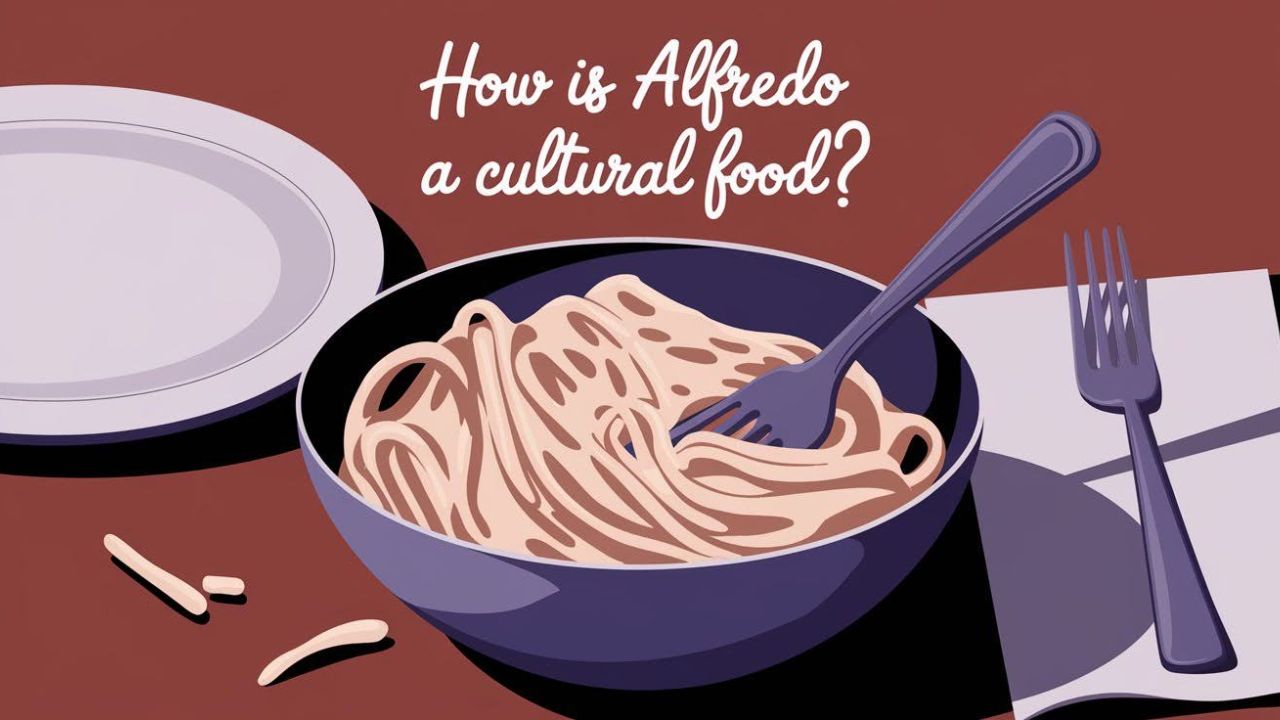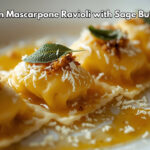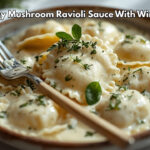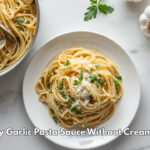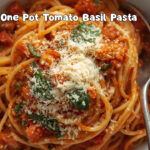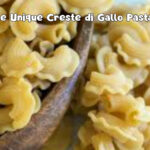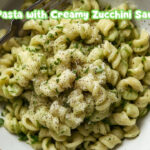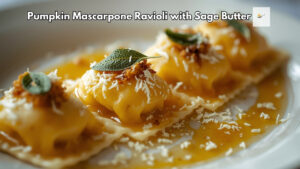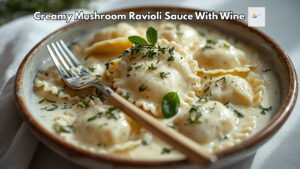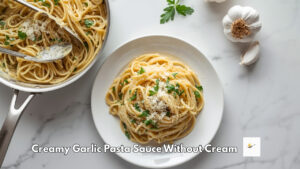Table of Contents
ToggleFettuccine Alfredo is not just a beloved pasta; it’s a dish that tells a story of cultural fusion. So, how is alfredo a cultural food? Fettuccine Alfredo is a cultural food that began in Rome in the early 20th century, symbolizing Italian culinary simplicity. Its global fame grew after being popularized by Hollywood stars.
In this article, we will dive into the rich history of Fettuccine Alfredo, examining how it became a global favorite and understanding its Italian origins. As someone who enjoys trying different variations of pasta dishes, I’ve always found the history of fettuccine tossed with rich cheese sauce to be fascinating. Not only does the dish have roots in Italy, but it has also told ultramodern American dining.
How Is Alfredo a Cultural Food? Understanding Origins
Fettuccine Alfredo, as we know it today, is often associated with the Italian culinary heritage. The dish is closely linked to Alfredo Di Lelio, a Roman restaurateur who is credited with creating the iconic recipe in the early 1900s.
The combination of butter, pasta and cheese was revolutionary at the time, creating a rich, decadent meal that appealed to both locals and visitors. However, its transformation in the United States and beyond adds another layer of complexity to its story. Alfredo sauce’s roots can be traced back to Rome, where Alfredo Di Lelio introduced his fettuccine dish at his restaurant in Piazza Rosa.
Initially known as fettuccine al triple burro (three types of butter), it consisted simply of pasta tossed in butter and cheese without the use of cream, which would become a defining feature in its Americanized version. The dish’s appeal lay in its simplicity, relying on high-quality ingredients to create a rich flavor profile. So, who made Alfredo sauce? It was Alfredo Di Lelio, the creator of this iconic dish, who first introduced it to the world.
The Surprising History of Alfredo Pasta
Italian or American? The Truth About Fettuccine Alfredo
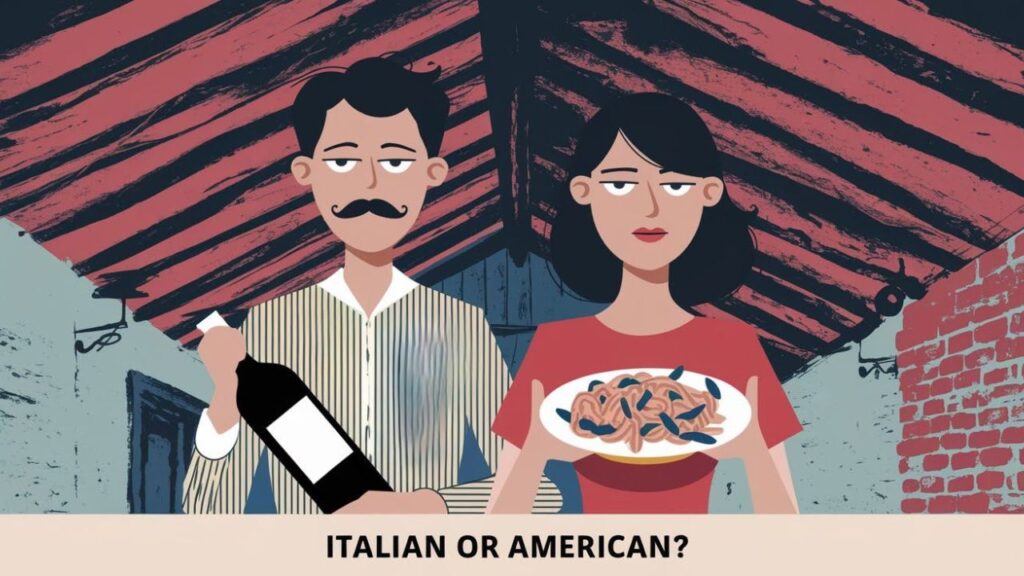
1. The Birth of Fettuccine Alfredo
Fettuccine Alfredo was created by Alfredo Di Lelio at his restaurant located in Piazza Rosa, Rome, around 1907 or 1908. The dish, originally named fettuccine al triplo burro, was a simple yet rich combination of pasta with butter and cheese, a humble but delightful meal that soon captured the hearts of those who tasted it.
The dish was soon introduced to the United States, where it evolved to include cream, transforming it into a richer and heavier version that appealed to the American palate.
2. The Story of Alfredo di Lelio
Alfredo Di Lelio was known for his hospitality and serving his dish with theatrical tableside service, making it an unforgettable experience for diners. The recipe, initially attributed to the combination of fettuccine, “young” Parmesan cheese, and butter, became iconic when served with a golden fork to celebrities.
One famous inscription on his spoon read, “To Alfredo, the King of the noodles.” This touch of celebrity and prestige is a significant reason for its worldwide fame.
Admiration Comes From the Most Unexpected Ingredients
The success of fettuccine Alfredo lies in its simple yet flavorful ingredients. Although Italian recipes do not include cream, the cream is sometimes used outside of Italy, especially in American versions of the dish.
Pasta in Bianco, a term used in Italy, refers to the classic Italian approach of pasta with butter and cheese, with no additional sauces or creams. This subtle blend of flavors in the original Alfredo recipe continues to influence its popularity worldwide.
1. From Roman Origins to Hollywood and Beyond
The dish gained international recognition, particularly after visits from American actors in the early 1920s, who tasted Alfredo’s noodles in Rome and brought the recipe back to the United States.
Fettuccine Alfredo became a sensation, especially after being featured in Sinclair Lewis’s 1922 novel, where it was described as the best fettuccine in the world. Hollywood stars, including The King of Hollywood, helped spread the fame of the dish, making it a symbol of luxury and refinement.
2. From Buttered Pasta to Creamy Alfredo
Originally, the dish was simply known as pasta burro e parmigiano or Italian fettuccine al burro, a straightforward combination of butter and Parmesan cheese.
Over time, fettuccine Alfredo emerged as a unique variation, thanks to Alfredo Di Lelio’s addition of butter in larger quantities and his distinctive preparation method, which made the dish even richer.
Bridging Italian and American Culinary Traditions

While Alfredo’s origins are deeply tied to Italian tradition, the Americanization of the dish has turned it into a global phenomenon. The dish transformed the United States, where heavy cream was added, a practice that was not part of the original recipe. This adaptation catered to American tastes, which favored heavier, cream-based sauces.
1. Italian Roots: The Beauty of Italian Cuisine
The beauty of Alfredo lies in its Italian origins—its roots in simple Italian cooking. In Italy, the dish is still called Alfredo alla Scrofa, named after the restaurant where Alfredo Di Lelio worked.
It remains a simple combination of pasta, butter, and cheese, emphasizing the use of high-quality ingredients. This simplicity reflects Italian culinary values that focus on freshness, flavor, and tradition.
2. Hollywood Influence In Making Alfredo a Star
In the early 1920s, as Hollywood stars visited Rome, they introduced the world to the fettuccine Alfredo served in Alfredo’s restaurant.
This interaction turned the dish into an iconic part of Hollywood culture, making it synonymous with elegance and luxury. American tourists began bringing the recipe back home, where it became adapted and popularized in Italian-American restaurants.
3. America Made Alfredo Sauce Richer and Creamier
When fettuccine Alfredo arrived in America, it was Americanized by adding heavy cream or half-and-half to the sauce. This change made the dish richer and creamier, aligning it more with American dining preferences.
Today, Alfredo sauce in the U.S. is a household favorite, often found in plastic tubs, refrigerated containers, and even as Alfredo sauce powder.
The American Evolution of the Recipe
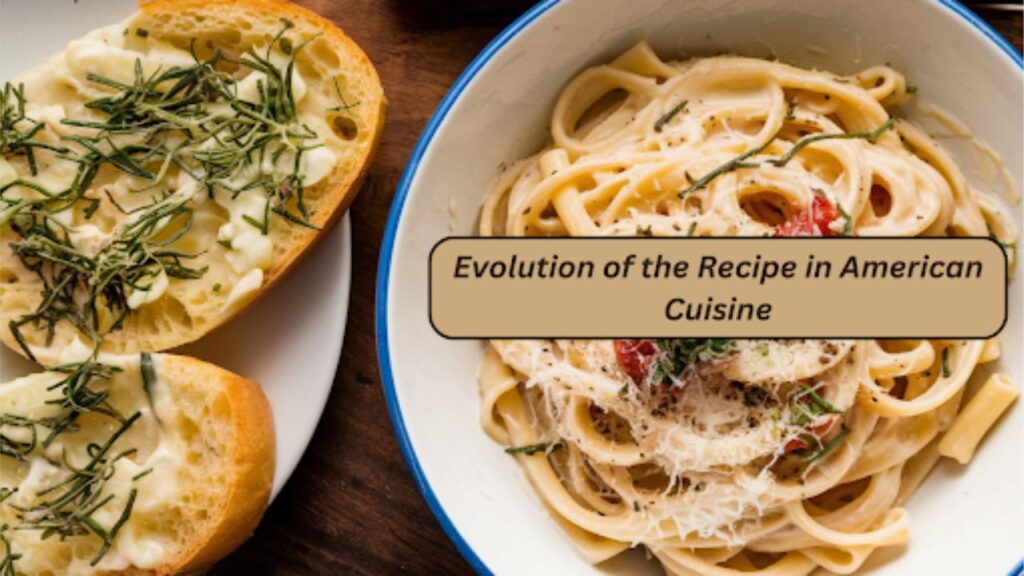
American cooks began experimenting with different Alfredo variants, adding ingredients like chicken or shrimp, and sometimes vegetables, creating dishes like New York creamy chicken Alfredo. The addition of these ingredients gave the dish more variety and made it even more popular across the U.S.
I am adding a Quora forum link here for your convenience. I hope this will help you, and you may find more information you’re looking for there.
The Cultural Impact of Alfredo Sauce
The evolution of fettuccine Alfredo is a perfect example of cultural exchange, where Italian traditions met American innovation. The dish started as a humble Italian meal but quickly became an international favorite, symbolizing how food can unite different cultures while evolving to reflect local tastes and customs.
1. Merging Culinary Traditions and Global Impact
Alfredo sauce has become a global phenomenon, with variations appearing in many countries. From the classic fettuccine Alfredo to modern interpretations like shrimp Alfredo or even vegan versions, the dish has been embraced worldwide. Its ability to blend with different culinary traditions and ingredients speaks to its adaptability and universal appeal.
2. Commercialization and Pop Culture Trends
In addition to its culinary evolution, fettuccine Alfredo has also found its way into pop culture. It has been featured in movies, TV shows, and advertisements, further cementing its place in the global food lexicon. The commercialization of Alfredo sauce in supermarkets has made it accessible to anyone, ensuring that the dish remains a household favorite.
Alfredo in Italian-American Cuisine
The Americanized version of fettuccine Alfredo has become an integral part of Italian-American cuisine. While it differs from the original, it retains the essence of the dish — pasta coated in a rich, flavorful sauce. This version of Alfredo is now a staple in many Italian-American restaurants and homes across the United States.
Modern Interpretations and Variations
Today, fettuccine Alfredo is no longer confined to its original form. Variations include adding protein like chicken or shrimp, as well as experimenting with different types of pasta. The dish has become a canvas for creativity, with chefs around the world putting their own spin on the classic recipe.
Traditional Fettuccine Alfredo : Cooking Italian Style
From Italy to Everywhere: Alfredo’s Global Phenomenon
From humble beginnings in Rome, where Alfredo was first created, to its popularity in the United States and beyond, Alfredo has become a symbol of indulgence in various cultures. The dish has found its way after countless regional twists-adapting to local tastes while keeping its signature richness. Alfredo’s global journey unite people through shared flavors even cross borders.
FAQs: How Is Alfredo a Cultural Food
Q1: What is the origin of fettuccine Alfredo?
Fettuccine Alfredo was created by Alfredo Di Lelio in Rome in the early 1900s. It became popular in the U.S. after being introduced by American tourists.
Q2: Why is fettuccine Alfredo so popular?
The dish’s popularity can be attributed to its rich, indulgent flavors, as well as its cultural association with Italy and Hollywood glamour.
Q3: How did Alfredo sauce evolve in the U.S.?
In the U.S., Alfredo sauce evolved to include cream, making it richer and heavier than the original Italian version.
Conclusion
So, how is Alfredo a cultural food? It started in Rome as a simple pasta dish with butter and cheese. When it came to America, cream was added, creating a new version. Now, people around the world enjoy both styles. Alfredo shows how food can change and connect different cultures.

